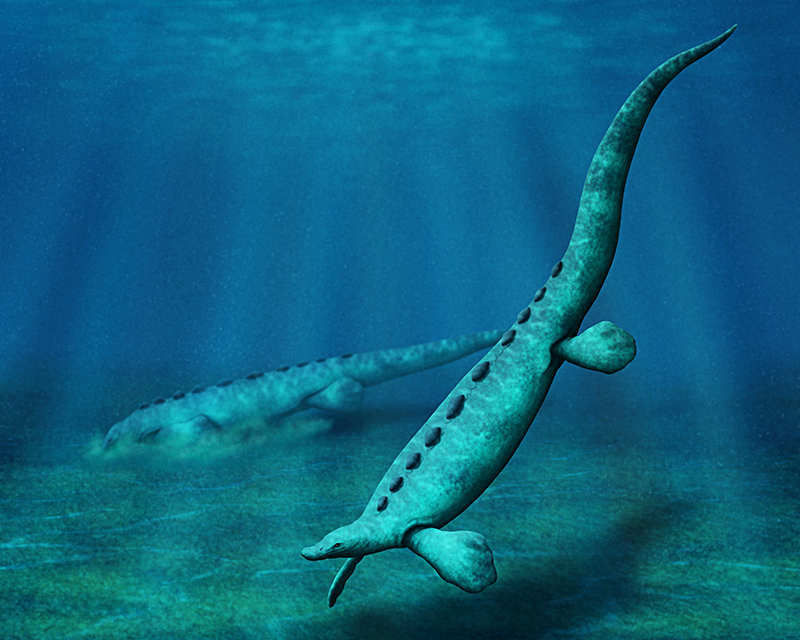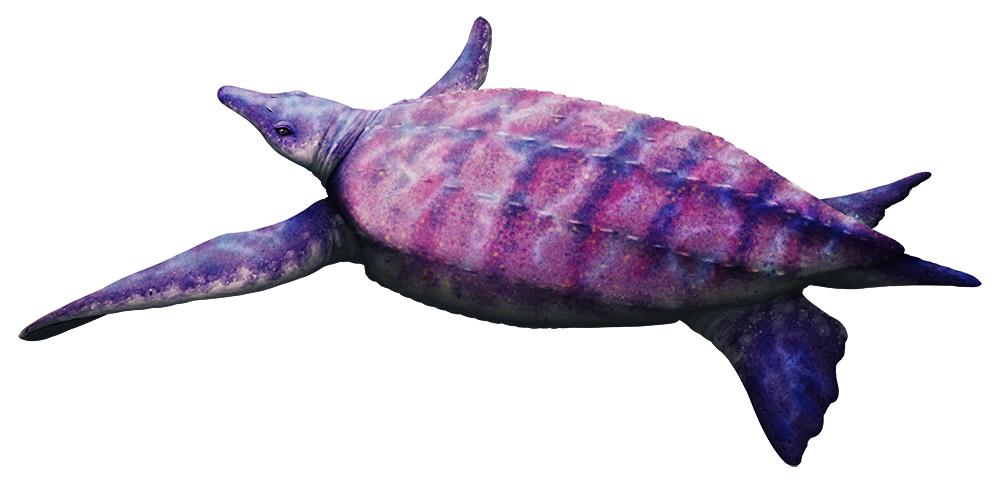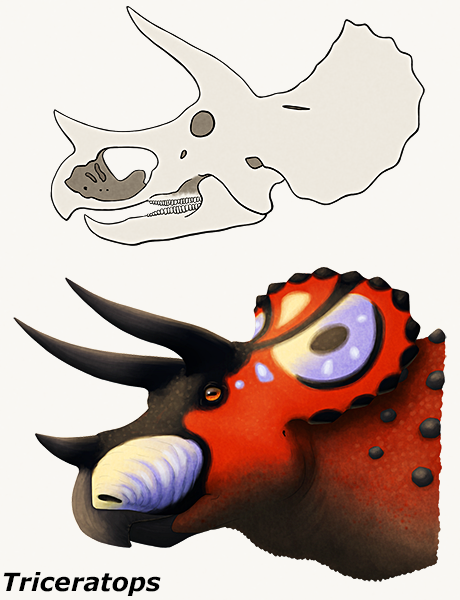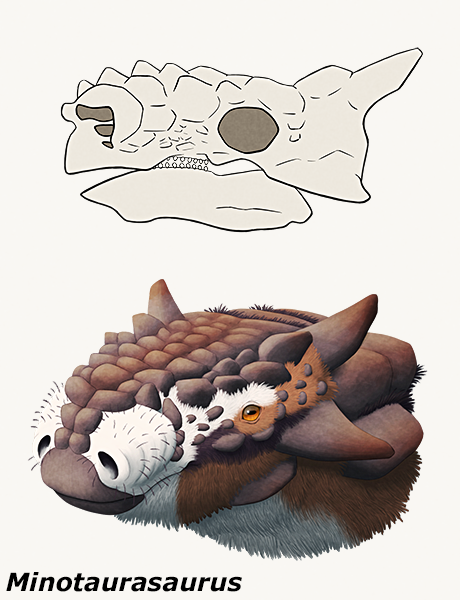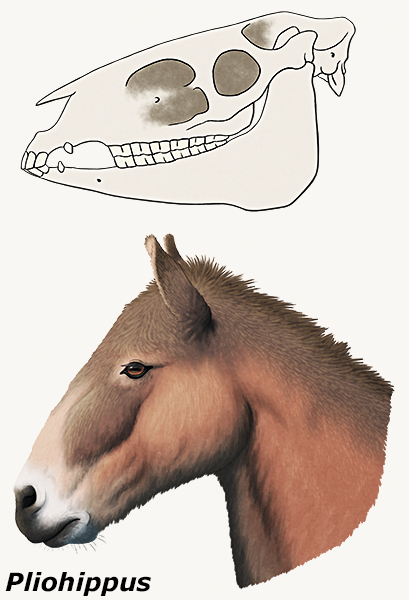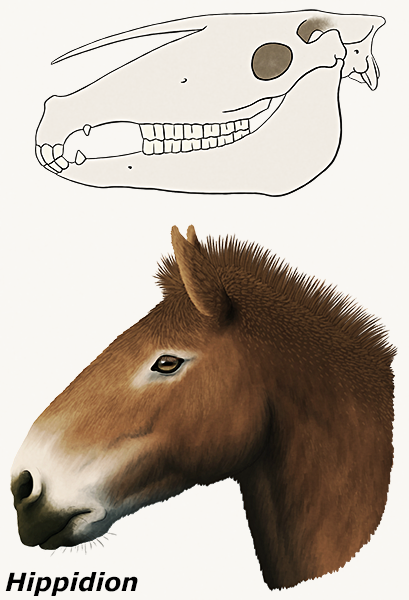The placoderms are most famous for some of the biggest members of the group such as the giant blade-jawed Dunkleosteus. But these ancient armored fish were actually incredibly diverse in their time, occupying many different ecological niches and developing a wide range of body shapes.
Perhaps one of the most unusual was Brindabellaspis stensioi from the Early Devonian of New South Wales, Australia. Living around 405 million years ago in a tropical reef ecosystem, this early placoderm was quite small, only about 45cm long (1′6″), and it was recently revealed to have had an especially weird head.
Its skull was flattened with its eyes facing upwards on top, its nostrils came out of the corners of its eye sockets, and its jaws were positioned very far forward. It also had a long flat snout packed full of sensory nerves, sort of like the bill of the modern platypus but using a modified form of the pressure-sensing lateral line system instead of electroreception.
It was probably some sort of bottom-feeder, using its bill to feel around on the seafloor for small prey – and there may even have been a longer and wider soft tissue extension to its sensitive snout, giving it even more of a duck-like shape.


